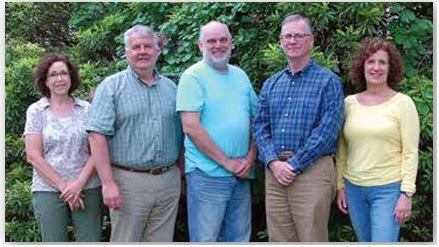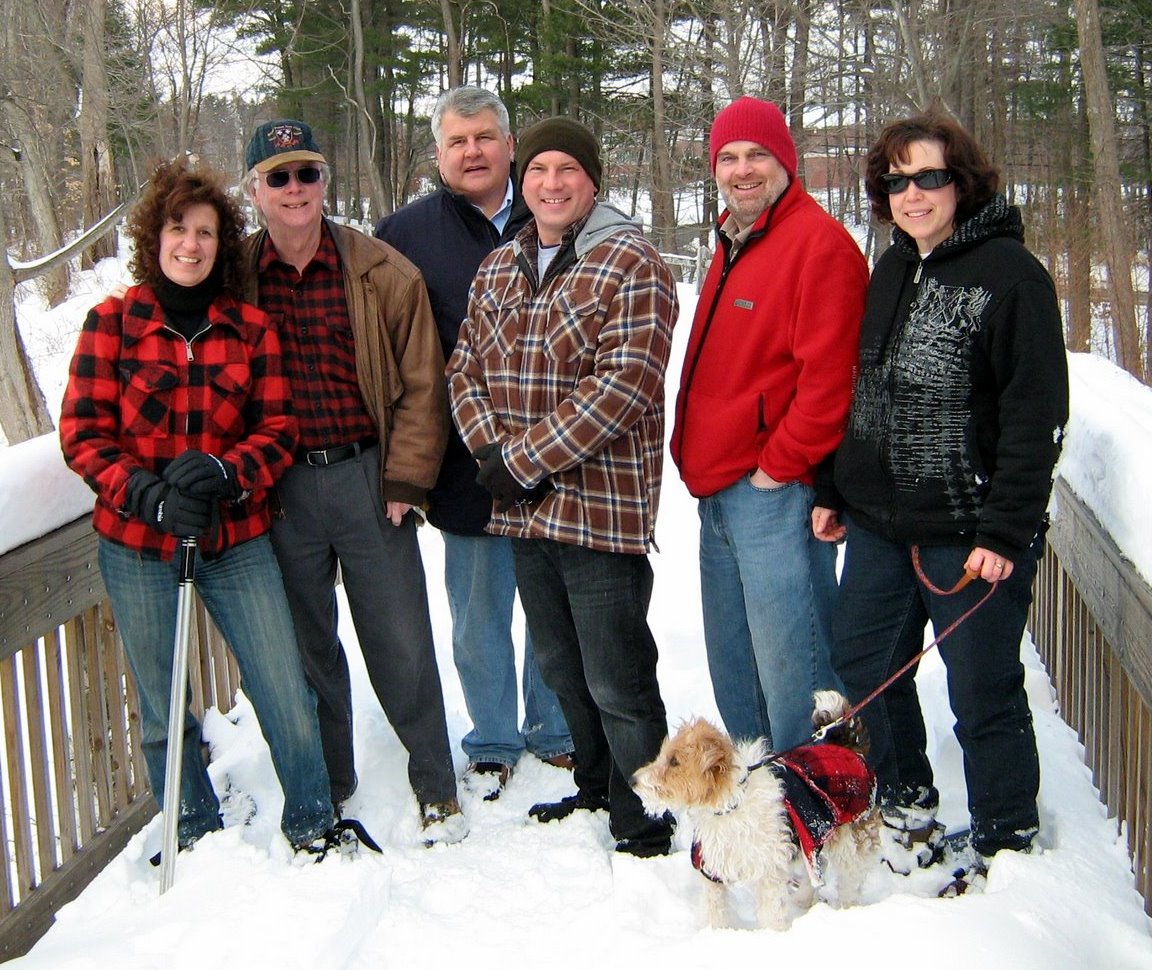Panel weighs buying mayor's riverfront land
Anne M. AmatoPublished 11:18 p.m., Wednesday, September 19, 2012
SHELTON -- The Conservation Commission will be considering the purchase of a 12-acre parcel on the Housatonic River where a Torrington developer wants to build 36 townhouses.
+++ The CC actively considers parcels for preservation throughout town all the time. Our efforts are guided by a planning document (Open Space Plan) rather than reacting to a development or subdivision proposal of the moment. The OSP focuses on Greenway Corridors, mainly watercourses in the City. The Housatonic River is obviously one of those Greenways, and this parcel of land does lie within it. In an effort to protect the negotiating interests of the City, the CC typically does not comment on specific parcels outside of "Executive Session" until an sales agreement has been reached, or if there are pressing circumstances that we feel warrant speaking out more publicly (reference BOA presentation made regarding 3 parcels at one time: Tall, Wiacek, Wabuda). +++
The land, at 550 River Road, is owned by Mayor Mark A. Lauretti, who purchased the property in 2003 from Emhart Technologies for $235,000.
+++ Technically, the parcel is owned by Housatonic Way LLC, an entity in which Mark Lauretti has ownership. It is not owned by a "Mayor". What the purchase price was 9 years ago is immaterial. +++
The commission, during a special meeting Wednesday, debated the matter for about an hour, weighing the pros and cons of buying the riverfront property.
+++ Typically, we do not discuss acquisition of parcels during public portion. Given the public attention, and knowledge from our recent site visit, the attributes of the property were discussed, both pros and cons, if it were to be Public Open Space. While Public Open Space can be achieved via acquisition, it can also be done via conservation easements and pedestrian easements, such as may occur as part of a development of the property. Full discussion as to whether acquisitions should take place are held in executive session. +++
Among the issues raised was the impact on the Housatonic River by the proposed development and the possibility that the land might be connected to other walkways or trails in the future.
+++ The parcel has no ability to expand or link with adjoining parcels on the Housatonic River, but there is a corridor up the Ivy Brook that may lend itself toward creation of hiking trails that would lead to the Housatonic as a destination. Such a trail would be interrupted by the Rte110 River Road. Trails are traditionally created by volunteers on the Trails Committee. +++
+++ Correction Sep28: There is a single parcel of land abutting this to the South that is currently vacant +++
+++ Correction Sep28: There is a single parcel of land abutting this to the South that is currently vacant +++
"This is one of the last significant parcels on the river," said Edward McCreery, commission member. "When we walked the site it struck me, `Wow, the public won't be able to do what we're doing,' " if the land is developed, he said.
+++ I would disagree personally that it is the "last" significant parcel. There are at several (more than 4) other parcels in the Housatonic River Greenway corridor that in my opinion are much more significant. By significant, I refer in terms of public access or environmental value, but which are currently in private hands. Some areas that we walked during a site visit would not be publicly accessible as shown in the proposal, and that is commented on in our letter to the PZC for the proposal +++
Commission member Joe Welch said the property would be good for hiking. "I also saw lots of fish activity there," he said.
Public access to the river, however, would be difficult and "a bridge would need to be built to access the river," said Jim Tate, commission member.
+++ Many public assume that since the parcel is on the river, it is accessible to simply walk to the waters edge, but that is not the case. There is a barrier island/peninsula that is separated from the mainland by a tidal lagoon. The available shoreline is dramatically impacted during the differential in elevation between low and high tide. +++
Concern was also raised that the property owner is a public official. The fact that the mayor owns the land "makes it awkward for everyone involved," said McCreery.
+++ This deserves clarification. First, the application for development is dealt with as any other would be, with no special "breaks" or adversely, extra "scrutiny". Secondly, any review of the parcel as potential acquisition for preservation is considered as any other would be, and the pros and cons are weighted for the parcel on it's own merit, and in light of other preservation projects that may be occurring. The only aspect that is "awkward" as EdM puts it is "administration" of tasks associated with acquisition. If that course of action is pursued (acquisition), then the administration of that process would be vexing with the owner (Mark Lauretti as owner of the LLC) also being the individual (Mayor's office as Chief Elected Official) historically assigned to negotiate such purchases on behalf of the City. Thus, if such course of action is chosen, rather than be communicated with the Mayor, it would be put in the lap of the Board of Alderman to administer. +++
"I think we should deal with it like any other parcel -- in executive session," said Tom Harbinson, commission chairman. Commission members agreed to add it to their next meeting agenda.
The commission had considered purchasing the property years ago, not long after Lauretti bought the land, but, at that time, there was some contamination attached to the parcel, which apparently has since been cleaned up.
"We decided the city shouldn't buy it at that time," said McCreery. `We thought it would be a liability," added Harbinson.
+++ I will shortly make a blog entry specific to the above three paragraphs, as the subject is more involved. +++
Lauretti could not be reached for comment Wednesday night.
Country Club of CT LLC of Torrington is proposing the development, called Blue Heron Cove, and is seeking a zone change from residential to a Planned Development District, which would allow the construction of a 36-unit cluster. The Planning & Zoning Commission is holding a public hearing on the proposal Wednesday at 7 p.m. in City Hall.
+++ The posting of legal notice for the public hearing was not done properly by the CtPost according to the PZ Administrator Rick Schultz, and has been rescheduled. +++
Lauretti had, at various times, considered building a banquet hall, condominiums and finally several homes on the property, but he never pursued those plans, and the property remained undeveloped.
Lauretti's purchase of the land prompted two former mayors to file an ethics complaint in 2004, citing a conflict of interest. Former mayors Michael Pacowta, a Democrat, and Gene Hope, a Republican, claimed Lauretti, a Republican, used his position as the city's economic development director to secure the "prime riverfront property." The former mayors and their supporters said Lauretti could have, instead, looked into having the city buy the land for use as open space. The Ethics Commission denied the complaint in a 2-1 vote.
+++ As mentioned earlier, a blog entry specific to acquisition review done years ago, will be commented on within it's own blog post +++


